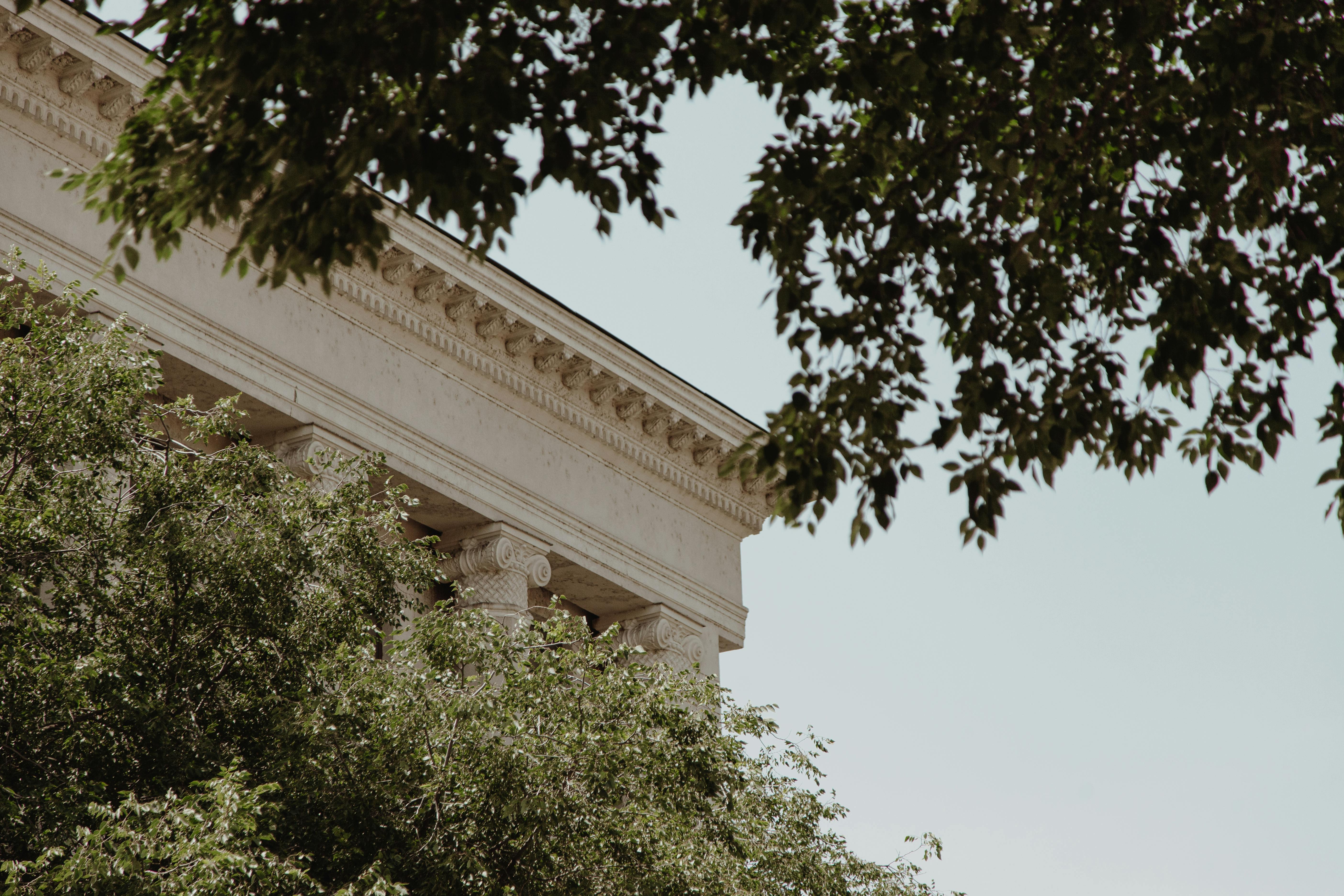Roman Concrete's Self-Healing Secret

The Story
Ancient Roman concrete structures like the Pantheon and aqueducts have endured for 2,000 years. Recent research from MIT discovered why: Roman builders used quicklime (calcium oxide) in a hot-mixing process that produced lime clasts — small white chunks previously thought to be impurities.
In Roman concrete, crushed volcanic rock and hydrated lime were mixed at high temperatures, leaving reactive quicklime fragments dispersed through the matrix. When cracks form and water infiltrates, the lime dissolves and recrystallizes as calcium carbonate, effectively healing the crack.
Laboratory tests on Roman-like concrete with lime clasts showed cracks healing within two weeks, whereas modern control samples did not. Romans likely didn’t understand the chemistry, but the technique gave their structures extraordinary longevity and resilience.
Why It’s Interesting
What looked like sloppy workmanship turned out to be deliberate engineering. This self-healing mechanism could inspire more durable, eco-friendly concretes today.
Modern concrete typically lasts 50–100 years, while Roman concrete has lasted 2,000 years and is still going strong. This shows how ancient wisdom can sometimes surpass modern technology.
The discovery that these “impurities” were actually sophisticated engineering features reminds us not to dismiss traditional techniques as primitive — they may contain secrets we’re only beginning to understand.